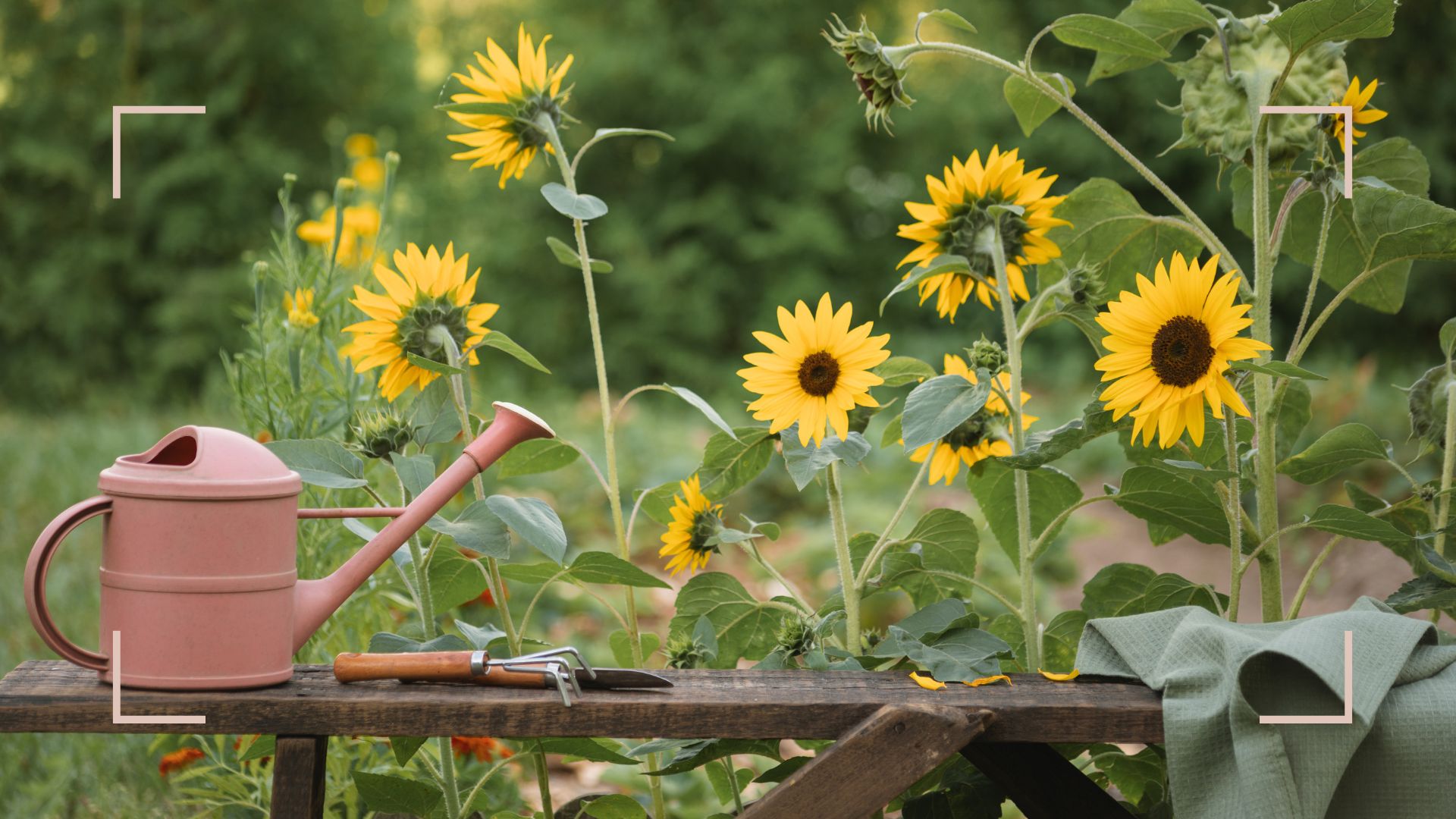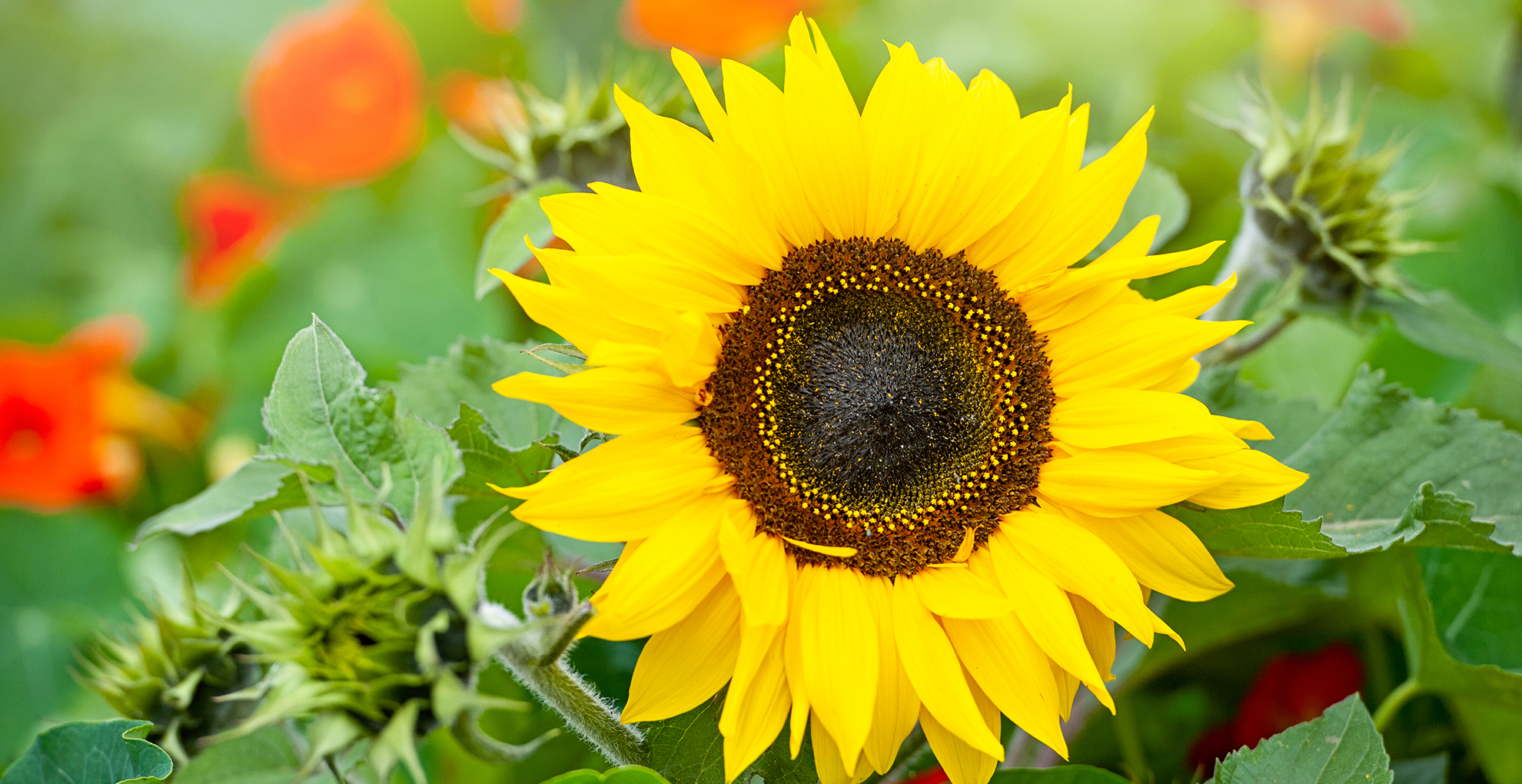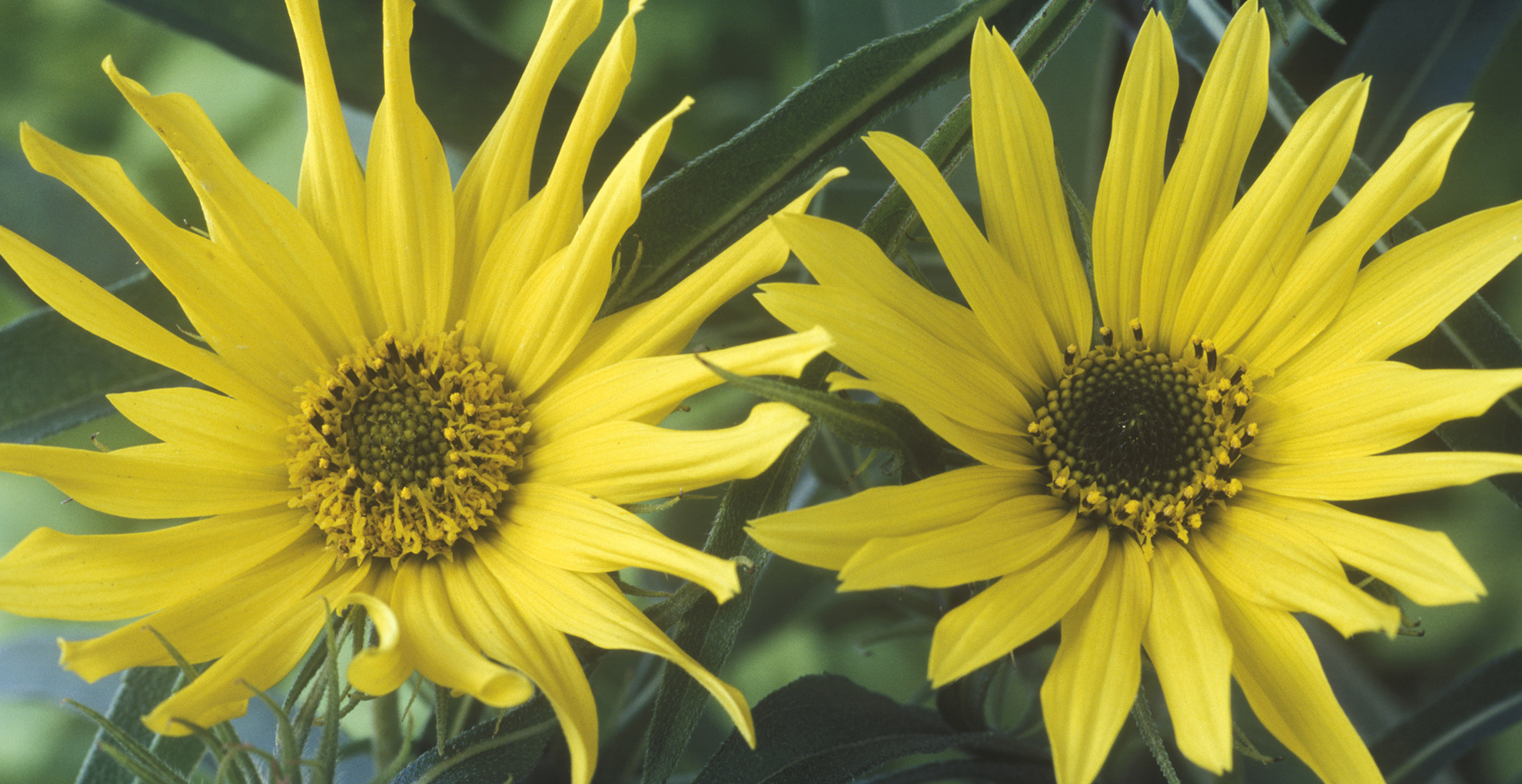
Sunflowers are a beloved garden staple for late summer displays, synonymous with sunshine and uplifting colour. And the beauty of these bold summer blooms is that you can easily harvest the seeds to enjoy more glorious flowers next year.
The late summer flower famously blooms in August and can last until early to mid-September depending on conditions. Therefore if you want to save sunflower seeds to plant next year to fill beds and borders with an uplifting hit of sunny yellow, now is the time to start thinking about harvesting sunflower seeds to prepare them for planting.
From knowing how to harvest the seeds, when to do so and determining whether your sunflower is annual or a perennial, our team of experts reveal everything you need to know to help you on your sunflower sowing journey ahead of next spring – plant propagation at it's finest.
How do you save sunflower seeds for planting next year?
“To save sunflower seeds for planting next year, let the flowers mature on the plant until the back of the sunflower head turns brown and the seeds look plump," advises gardening expert Mark Lane. "This usually happens in late summer to early autumn."
"Choose healthy sunflowers with large, mature heads," adds professional gardener Jane Dobbs. Seeds from fully developed sunflowers will produce the best seeds. Don't pick the sunflower heads until they're mature. You should see the back of the flower head turning yellow or brown, and the seeds should start to loosen.
Like always, when deadheading plants there's a preferred method to follow. "Harvest the seeds by cutting the flower head off with 5-10cm of stem attached, then hang it upside down in a dry, well-ventilated area to allow it to fully dry," Mark advises.
Jane stresses the importance of letting them dry thoroughly by suggesting: "Give them a few weeks to dry. The drying process makes sure the seeds are fully mature and easy to remove."

There's a simple knack to collect the seeds, as Jane explains: "Once the heads are completely dry, rub the seeds off by hand or brush them gently with a soft brush to get rid of debris and separate seeds from leftover plant material.
Her top tip for choosing seeds is to: "Choose the biggest, healthiest seeds to plant. Don't keep anything that's small, damaged, or discoloured."
"Store them in a cool, dry place in a paper envelope or airtight container," says Mark. "A cool shed is ideal, or place it in a plastic container with a lid along with a silica gel bag (the kind you find in delivery packages), and place it in the fridge."
Jane suggests adding some silica gel packets or dry rice to absorb any moisture.
To limit the possibility of any excess moisture Jane advises: "Pick the seeds on a sunny, dry day to avoid mould and mildew. During rainy or damp weather, you might want to cut the heads a bit earlier and let them dry indoors."
When should I harvest my sunflower seeds?
Sunflowers typically bloom in August through to September, but sometimes they can appear earlier so it all depends on conditions. Knowing when to harvest the seeds is key because the timing can change. "Harvest sunflower seeds when the flower heads and seeds are mature," advises Jane. "When most of the petals on the sunflower head fall off, harvest time begins."
Petals dropping off indicates that the flower has finished blooming and is now concentrating all its energy on the seeds.
"The back of the sunflower head will change from green to yellow and then to a brownish hue as the seeds grow," Jane explains. "A colour change indicates that the seeds are ready to be harvested."
"Seeds should look plump and feel firm. If you can easily dislodge a few seeds from the head with your thumb, they're ready to harvest.
Will my sunflower come back next year if I don't harvest seeds?
Quite simply, the type of sunflower you are growing will determine whether it will grow back next year without harvesting the seeds.
“Sunflowers can be either annual or perennial," explains Mark Lane. "Annual sunflowers (like Helianthus annuus - the most common sunflower variety you'll probably be most familiar with thanks to the giant heads) will not return next year if left in the ground; they complete their life cycle in one season."
Being annual means they germinate, flower, and produce seeds all in one year, all within one growing season. For this common variety, it is advisable to save the seeds and sow them for flowers the following year - similar to what you do with daffodils after flowering and what to do with tulips after flowering, only those are both bulbs rather than seeds.
"These sunflowers don't grow from the same plants next year," says Jane, explaining: "It's impossible to get them back from the same roots after they die. However, annual sunflowers can come back if they drop seeds. Some seeds might fall to the ground and sprout next year if you leave the flower heads in the garden," says Jane. Therefore if you want to control where they grow, harvesting the seeds is the best option for growing sunflowers next year.
However, with perennial sunflower varieties, you don't need to collect seeds because they will return on their own. "Perennial sunflowers (like Helianthus maximiliani and H. multiflorus) will regrow from the roots and rhizomes each year," says Mark.
"Sunflowers like Maximilian sunflowers and Jerusalem artichokes are perennials meaning Springtime will bring them back from the same roots."
In fact, Mark warns: "If you save and sow perennial sunflower seeds, they will not bloom for at least 2 years.

How to tell if a sunflower is annual or perennial?
Firstly it's good to establish that annual plants are those that need to be replanted every year, while perennials return year after year. "You can tell if a sunflower is annual or perennial by checking its label or seed packet," says Jane.
If you don't have such information to hand you can determine which variety it is by the way it grows. "The annual sunflower typically grows fast and produces one large, single flower head, or multiple smaller ones, in one growing season. The plant blooms in late summer/early autumn, and then dies."
"Unlike annual sunflowers, perennial sunflowers might take longer to establish and don't bloom as dramatically the first year. On each stem, they tend to produce multiple flower heads, and after the flowering season, they die back to the ground but come back from the same roots."
"When the sunflower reappears in the same spot without replanting, it's a perennial. The roots of perennials survive the winter and grow back in the spring. Observe if the roots survive cold winters and sprout again."







